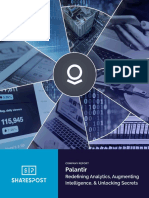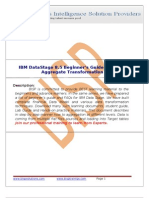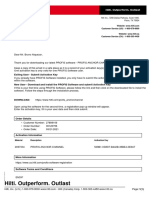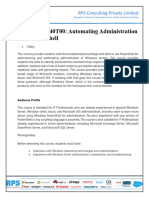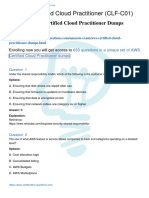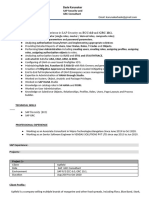0% found this document useful (0 votes)
34 views5 pagesCI - CD Pipeline Study Topics
The document outlines a comprehensive curriculum on CI/CD, covering beginner to advanced topics including CI/CD concepts, version control systems, pipeline creation, and deployment strategies. It also delves into infrastructure as code, Kubernetes integration, security, compliance, and monitoring. Hands-on projects are included to reinforce learning through practical application of the concepts discussed.
Uploaded by
INFRA 10'SCopyright
© © All Rights Reserved
We take content rights seriously. If you suspect this is your content, claim it here.
Available Formats
Download as DOCX, PDF, TXT or read online on Scribd
0% found this document useful (0 votes)
34 views5 pagesCI - CD Pipeline Study Topics
The document outlines a comprehensive curriculum on CI/CD, covering beginner to advanced topics including CI/CD concepts, version control systems, pipeline creation, and deployment strategies. It also delves into infrastructure as code, Kubernetes integration, security, compliance, and monitoring. Hands-on projects are included to reinforce learning through practical application of the concepts discussed.
Uploaded by
INFRA 10'SCopyright
© © All Rights Reserved
We take content rights seriously. If you suspect this is your content, claim it here.
Available Formats
Download as DOCX, PDF, TXT or read online on Scribd
/ 5































































